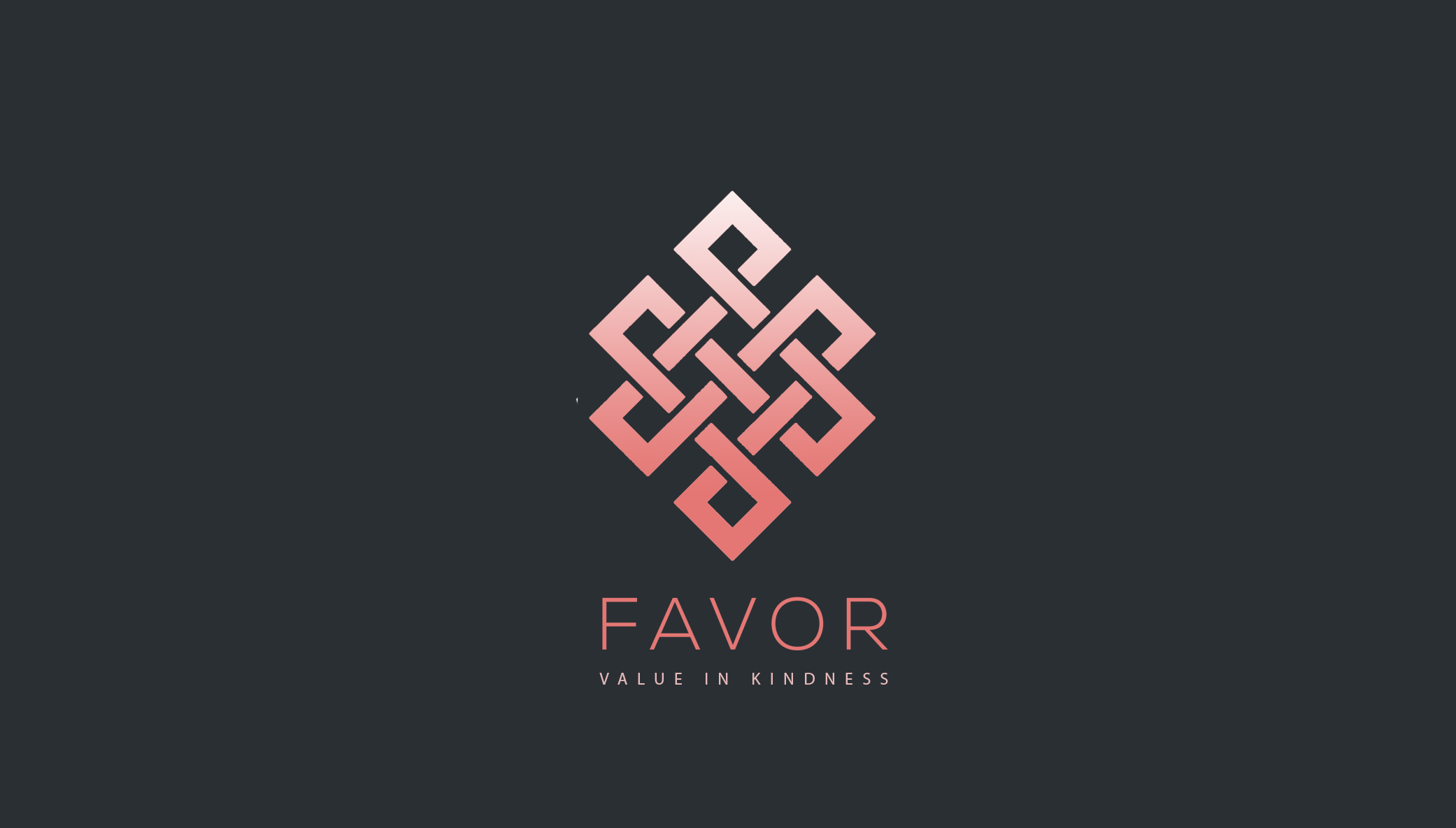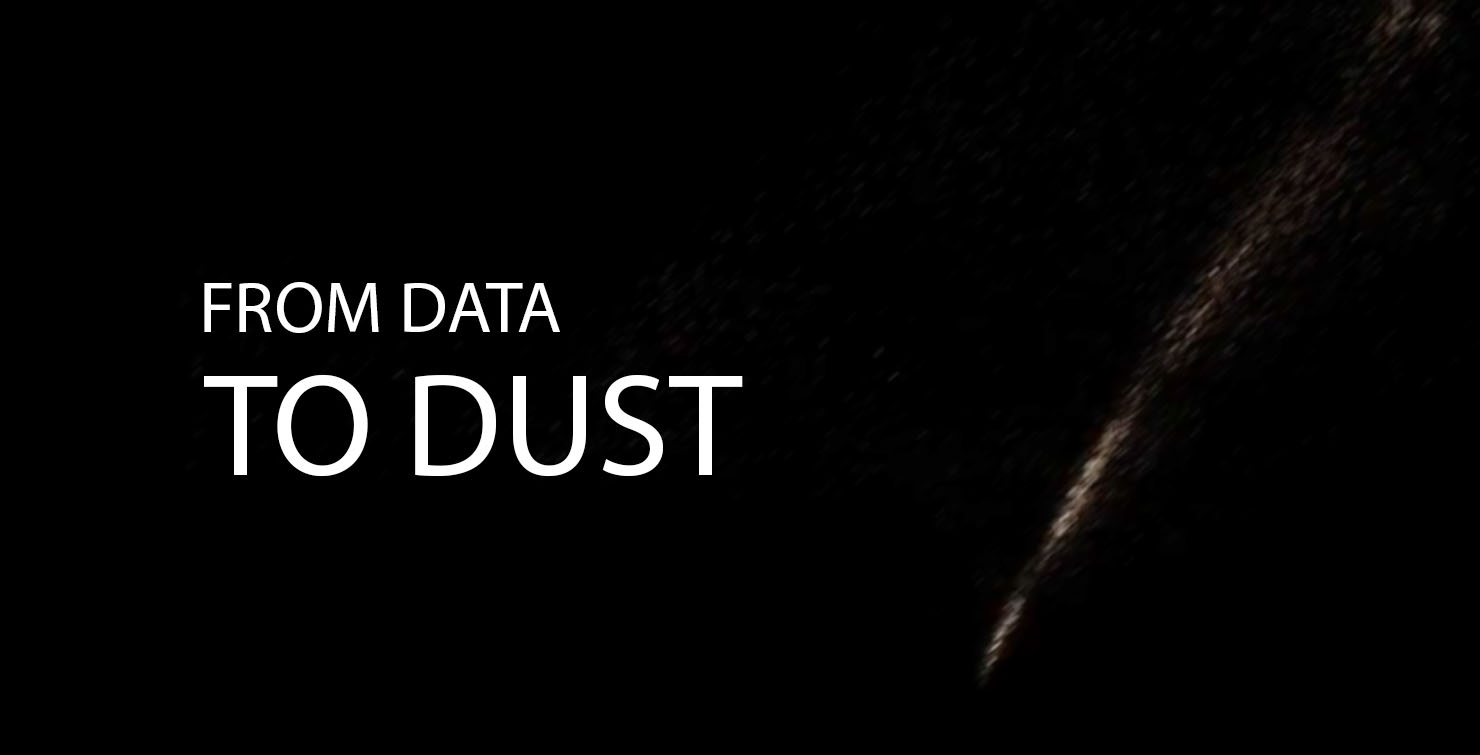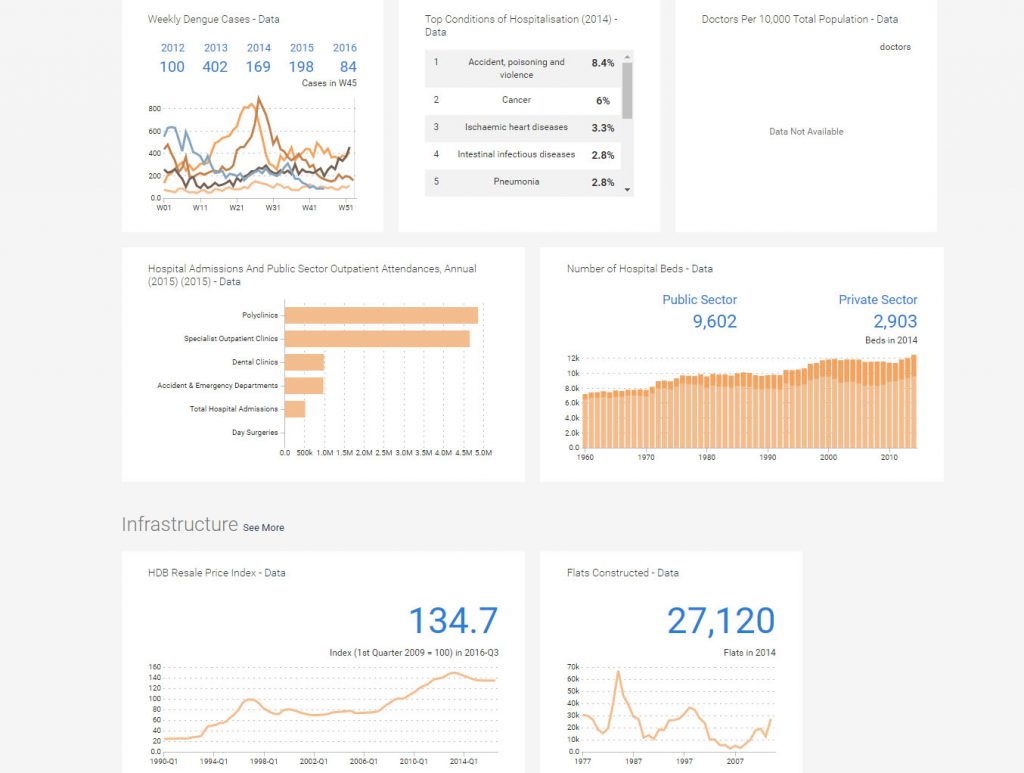- PROJECT DESCRIPTION
Nightlight is a single player, 3-dimensional side-scrolling game. Using platforming and obstacles, this is a puzzle game that requires the player to interact with and adapt to the game environment in order to progress and complete the game. Our team consists of Clara, who will be leading Nightlight’s art direction, Issac, who will be in charge of programming, and Tammie, who will be in charge of game and level design. We are looking towards 15 to 20 minutes of gameplay time. Within this short span of time, we want a narrative that is impactful.
The main concept of our game is fear. Fear exists in the lives of everyone, be it conscious or unconscious to an individual. We feel that fear is a wall that prevents us from experiencing our true self. Upon understanding and accepting it, we can then be ourselves. Nightlight’s story will be told without the use of any dialogue and rather to be interpreted through the player’s interaction with the environment. The main gist of the story now is that (a) it begins during the evening, (b) players play as a little girl who is lost after an earthquake separated her from her family, (c) she has a fear of darkness and uses types of light to solve puzzles, (d) she overcomes hazards and difficulties through her journey, (e) she finds her way back home. Initially, our idea of fear is that it changes its size according to the brightness of the environment. When it is very dark, the girl’s movement becomes a lot slower as her fear paralyzes her. Our team is still looking at various ways to portray her fear, and exploring other types of fears. We also intend for our little girl character to be relatable to players by giving them a feeling that we have all had at some point of time in our lives – vulnerable, lost and alone. This feeling of loneliness is enhanced by our non-verbal storytelling.
Our team wants the final product of Nightlight to be highly immersive and atmospheric. Hence, our aim is for Nightlight to be (a) fun using interesting game mechanics, (b) meaningful so that our players have a takeaway after completion of the game, and (c) visually appealing. We will be using light and darkness as a game mechanic, affecting the mobility of the girl (be it due to being overwhelmed by her fear of darkness, or that her vision is impaired by the dark hence walking slower). For the visuals of Nightlight, we are taking inspiration from games such as Inside and Journey, and working towards using low-polygon assets in our game. Nightlight will be developed in Unreal Engine, and we will be using other programs such as Maya, Mudbox and Photoshop.
- Find at least 3 projects that you can use as reference for your own project. These are works done by other artists or designers that will help illustrate the direction and inspiration of your project proposal. Describe clearly what aspect, technique etc. of each sample work is useful for the development of your own project proposal.
2.Project Reference
3 projects to reference from:
Abzu
Although our game generally takes place in the evening to the night, Abzu utilises low poly models with focus on colours and minimal texturing is something we hope to achieve as well in the aesthetics part of the game. The usage of lightning in their game is something we can learn from too and would like to incorporate into the game especially since we focus quite a bit on the light aspect on the game.
Inside
Atmosphere and colour palette wise we are leaning more towards a darker desaturated environment, much like Inside’s. The camera angle and how it shifts despite it being a 2D side scroller game gives more dimension to the environment in the game and is something we can consider incorporating into our project. There is certain point in the game where the background interacts with the foreground; such as having to avoid light which originates from the background, breaking the static idea of the background is just a background and is something that can add on to the game as well.
Limbo
Like Inside, puzzles to solve as the character progresses through the game is part of what we can look at in terms of gameplay. In limbo, there’s also the aspect of the blurred foreground although it gives more dimension to the environment, it also serves as to block out or obscure part of the player’s view at times of the environment. This is something we can consider incorporating into our project as well in terms of gameplay or telling of the story.
All three games do not use dialogue or words to tell their story but mainly through images and the environment, how the character interacts and reacts with certain things in the game as well as the mechanics. There is also the element of exploration, encouraging the players to figure things out on their own to progress through the game instead of giving directions to players.
3. Gantt chart





Recent Comments